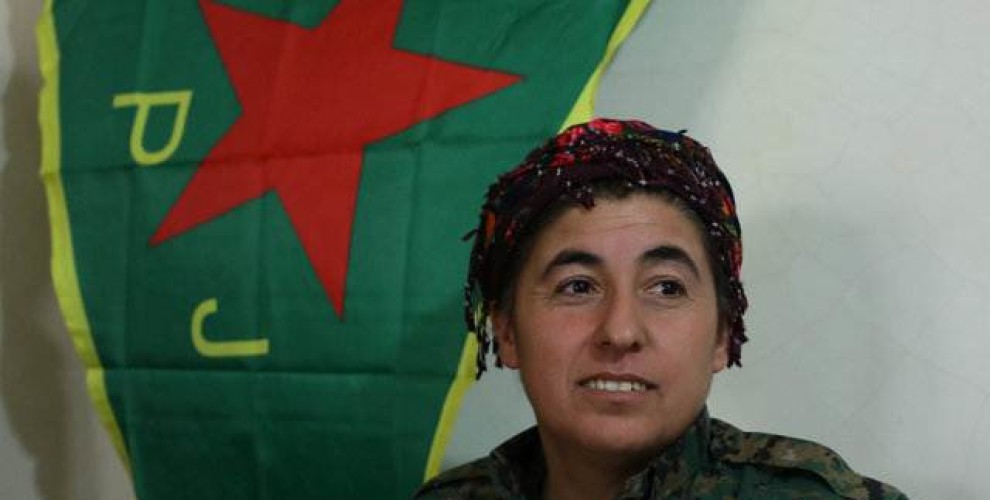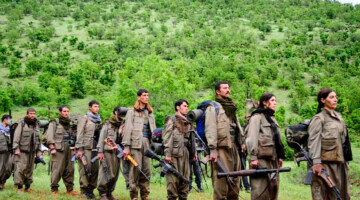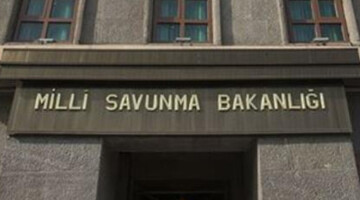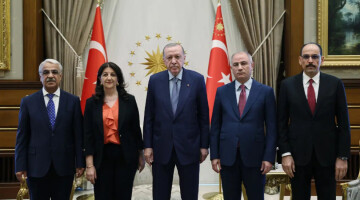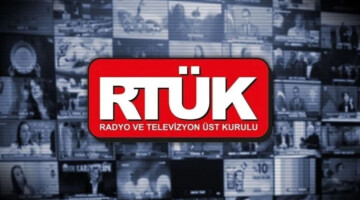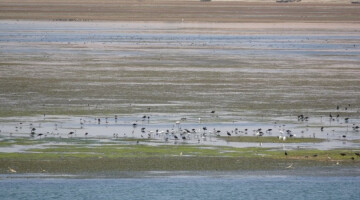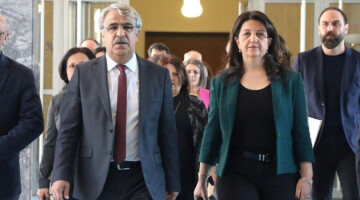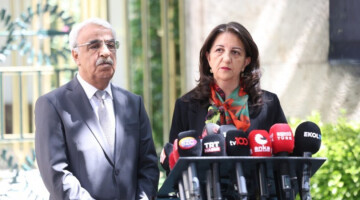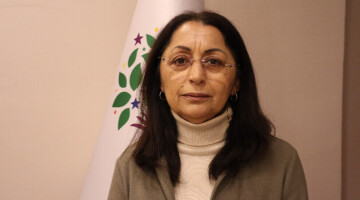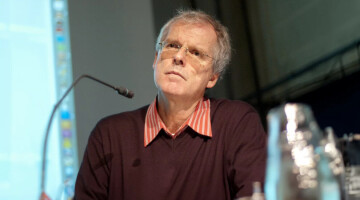Nowruz Ahmed, a women’s rights activist before Syria’s civil war began in 2011, heads the all female counterpart to the Kurdish YPG militia. The YPG is the most powerful component of the SDF, and the female unit has played a leading frontline role on the battlefield during the Raqqa campaign.
Nowruz Ahmed from the military council of the U.S.-backed and YPG-led Syrian Democratic Forces (SDF) spoke to Reuters, in what she said was her first interview with the media, about the ‘Great Battle’ launched on June 6 to liberate Raqqa from ISIS.
“We cannot determine the time period in which the battle of Raqqa will end precisely because war has its conditions. But we do not expect it to last long, and according to our plans the battle will not take longer than two months from now,” Ahmed said.
Ahmed said the SDF was focused on the Raqqa battle for now and had not yet set plans to launch an assault in Deir al-Zor province, which is further down the Euphrates towards the Iraqi frontier and remains almost entirely under IS control.
She estimated Islamic State had between 700 and 1,000 fighters left in Raqqa, mainly at the center of the city. The SDF has encircled the militants and captured around 60 percent of the city.
The SDF had a solid core of about 15,000 fighters in the Raqqa offensive, Ahmed said. Before the fighting began late last year, it had over 50,000 forces and has continuously enrolled new ones, she added.
The presence of an estimated 5,000 to 10,000 civilians besieged in Raqqa, including families of IS fighters from outside the city, has hampered the advance, said Ahmed.
“During our incursions, we try to open safe passages for them so they would not be a target of our attacks, but there are also many mines that led to the deaths of civilians,” she said.
Islamic State will fight until the end, and many of its remaining militants in Raqqa are foreign fighters who will carry out suicide attacks, Ahmed said.
The SDF and its allies have set up a civilian council to run Raqqa after Islamic State is defeated in the city. Ahmed said the SDF “has no plans to stay inside Raqqa after it is freed unless we are asked”.
Ahmed said 60 percent of the SDF’s 50,000 fighters were Arab, 30 percent Kurdish, and 10 percent from other ethnic groups. The spokesman for the U.S.-led coalition backing the SDF said earlier this month that there are 24,000 Arabs and 31,000 Kurds in the alliance.
Last week, the head of the Deir al-Zor military council, a part of the SDF, said an offensive to capture the eastern province of Deir al-Zor from Islamic State would start soon.
However, Ahmed said the SDF has no plans now to advance into the province because of the focus on Raqqa, and that a Deir al-Zor campaign had not been discussed with the U.S.-led coalition.
"There are demands for us to free Deir al-Zor and we are currently studying this," she said, adding that the SDF had enough forces to capture the province.
The Syrian army and its allies are advancing eastwards through central Syria along several fronts in their own offensive towards Deir al-Zor, where a government enclave has been besieged by Islamic State for years.
"If the regime doesn't attack us and make a target of us, we will not attack it," Ahmed said.

